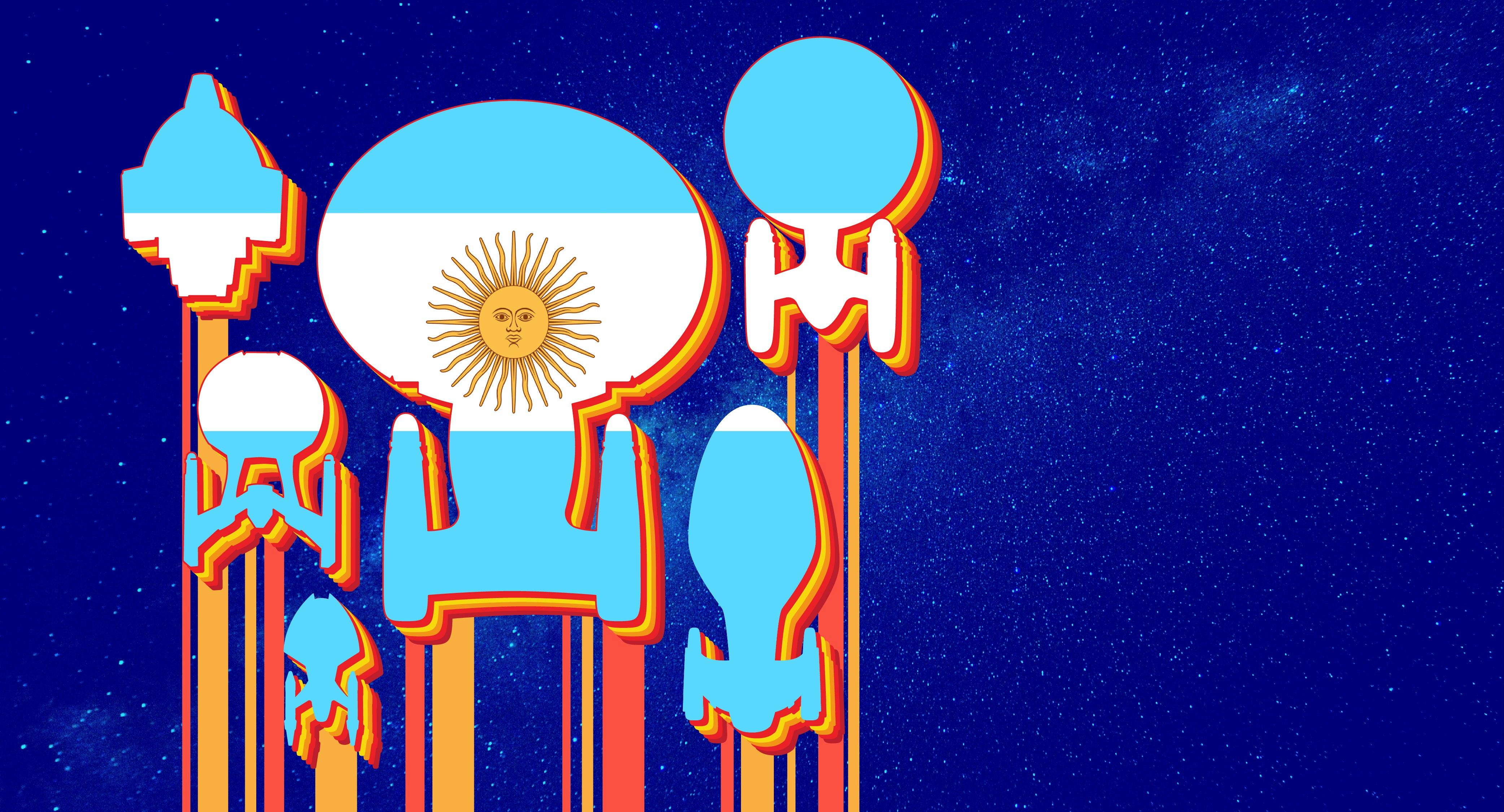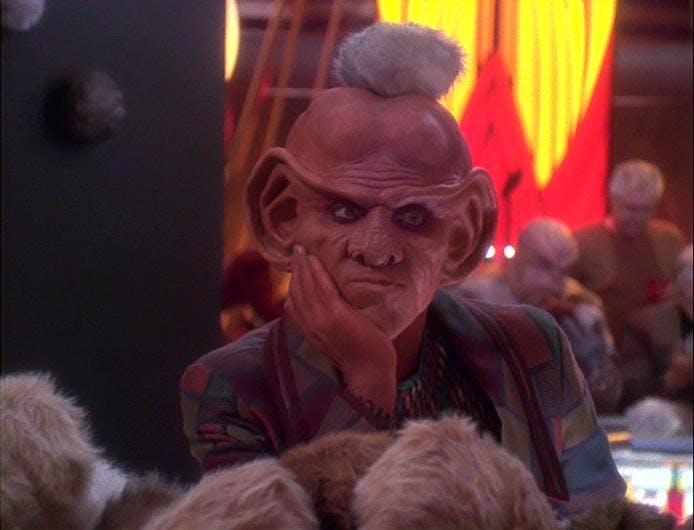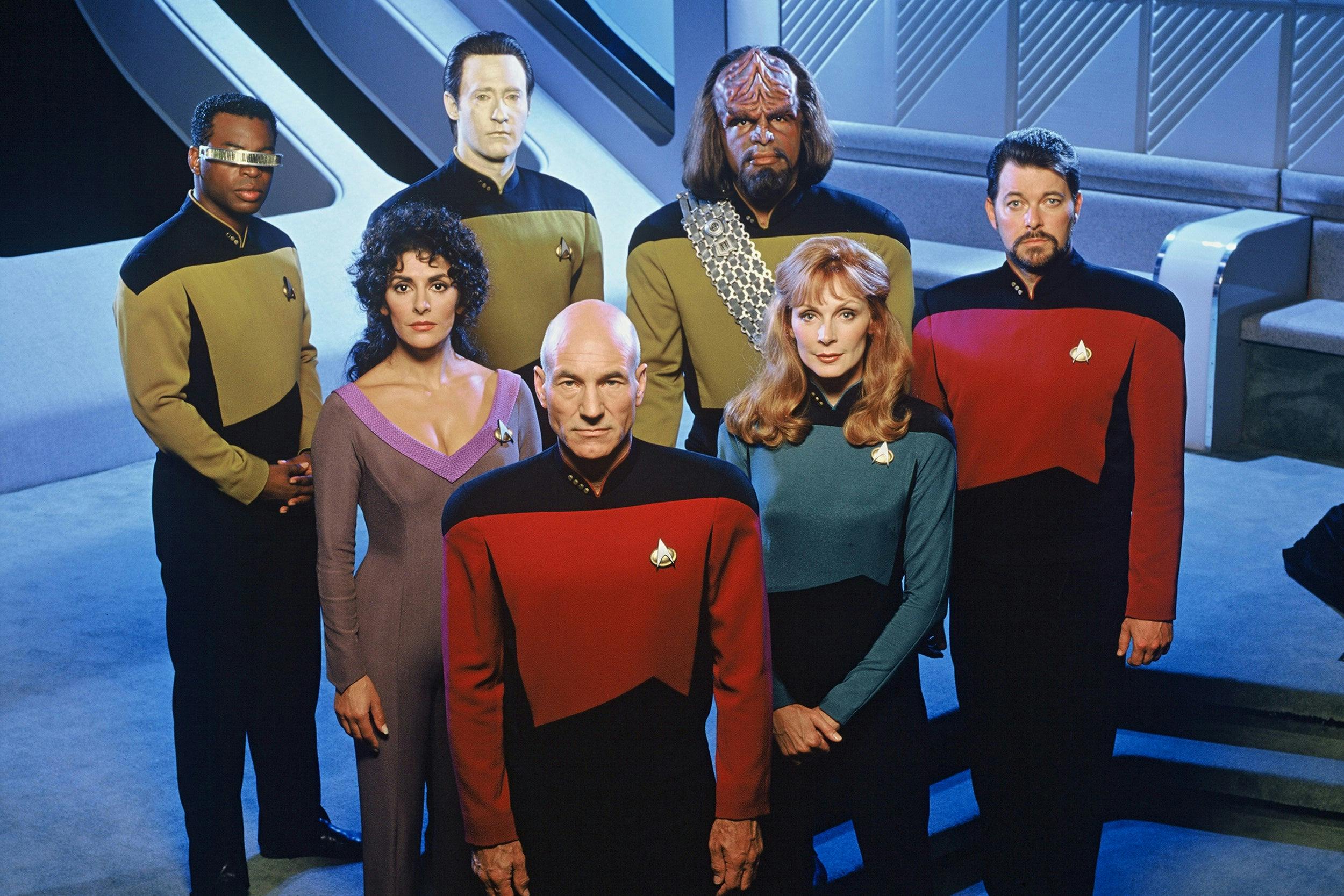Published Sep 23, 2020
Star Trek, Argentina, and the 1990s: A Club of Lonely Hearts
"To be a Star Trek fan in the 1990s, in a country like Argentina, was to be part of a club for lonely hearts."

StarTrek.com
In the 1990s Star Trek: The Next Generation arrived late on Argentina's screens, taking several years to air first through an antenna channel, then via cable, and finally on another air signal. At the same time, Argentinians fans started to acquire memorabilia. The so-called convertibility law, which stated that one Argentine Peso was equivalent to one US Dollar, helped them find affordable prices. And thus, during those years, we finally experienced a Star Trek boom like we haven’t experienced before.
Conventions began to appear on the horizon. The first Argentinian con dedicated exclusively to Star Trek took place one rainy afternoon in 1996 in Gloria, an old Spanish style theatre located in Avenida de Mayo — the avenue that binds together Casa Rosada and the Congress. At the second convention, in another theater, Tribbles fell from the sky after the screening of DS9’s “Trials and Tribble-ations.”

StarTrek.com
But that boom wasn't enough for other new episodes of DS9 and Voyager to make it to Argentine television screens. They were years — yes, years — late. Even “Trials and Tribble-ations” wouldn’t air until much later. If you were a superfan, it was impossible not to read tons of spoilers in the magazines or in the reviews that were on the internet back then.
In Argentina, all Star Trek things seemed to be handmade, from conventions with hand-stitched Tribbles, to the fan clubs — Starbase Tango and Cuadrante Argentina — that debated between charging a fee or not charging (the everlasting debate between “pro” fans and the amateurs ones).
To be a Star Trek fan in the 1990s, in a country like Argentina, was to be part of a club for lonely hearts. One felt like a spectator within a very active, yet very far away fandom. When I heard about Michael Piller's policy of receiving spec scripts on TNG, I started thinking about stories. Imagine my disappointment when I discovered that it was an opportunity only for those who lived in the United States. It made all the sense in the world from a legal and logistical point of view, but at that age it wasn't so easy to understand.
This experience of feeling alienated from other fans was not just mine. Bernardo Erlich, a popular Argentinian cartoonist, remembers that although he was attracted by "the most desirable of all caves" (paraphrasing Roland Barthes in “Mythologies”), he couldn’t buy memorabilia until recently, and when DS9 began he didn’t realize it until TNG ended and one replaced the other.
Being a Star Trek fan in these latitudes was "a lonely experience," according to Erlich. "Hopefully you knew someone else who liked Star Trek or you talked for a while with some other habitué of the comic shops in the microcenter of Buenos Aires”.

StarTrek.com
Eduardo Blake, an Argentine university professor and media professional, remembers something that haunts all of us on this side of the world: language. The series were dubbed upon arrival, using Spanish with Latino-American “neutral” accent that sounds very different than “Rioplatense Spanish”, the variety of Spanish spoken in the areas in and around the Río de la Plata Basin of Argentina and Uruguay.
"[You would] walk around the local comic book stores and see if any imported material had arrived that would surprise you, like an episode guide (official or not) that gave you information you couldn't find otherwise, trivia or behind-the-scenes were real treasures to be found (even with the language barrier). " says Blake.
Once upon a time
But there were some bright spots; William Shatner occasionally visited Argentina in those days. This was quite a revolution for us Trekkers.
The organization of Fantabaires, a science fiction and fantasy convention, decided to bring the Captain Kirk actor to the land of asado, good wine, and tango. He appeared on two occasions, and was even a guest on the most important talk show of those times, hosted by a local diva, Susana Giménez.
Shatner brought out all the charm that fans know so well, and even did half of his interview in Spanish. He was shown fragments of TOS that he didn't want to watch — even though the hostess assured him that still "he was the same" person. And they surprised him with a fragment of "The Brothers Karamazov," a movie that he hadn’t watched for quite some time.
But this was not the most important thing about his visit, at least from my point of view. Thanks to one of the fan club’s magazines, I was able to be part of his press conference at the young age of 18. I managed to ask William a question, too: Did he think that he have been so successful if Star Trek had not crossed his path in life? In my head it was a question worthy of Woodward and Bernstein. At the time I think I just made him angry. Who knows.
But, that visit was our peak moment. Never again did anyone from the long list of Star Trek's leading actors set foot in Argentina on official business.
Being a Star Trek fan in these lands has always been hard. Now, the internet and streaming media have made things a bit easier, but there’s still little memorabilia. In spite of everything, being a Star Trek fan is wonderful. There is nothing more inclusive than going where no one has gone before. And, if the going gets tough, we'll always have Las Vegas.
A Timeline Through the Star Trek Universe
Sebastian De Toma (he/him) is an Argentinian freelance journalist, editor, and communications specialist. He writes regularly for the tech & biz news outlets and loves Star Trek since the first time he laid eyes on space station Deep Space Nine. Find him on Twitter @sebadetoma.

